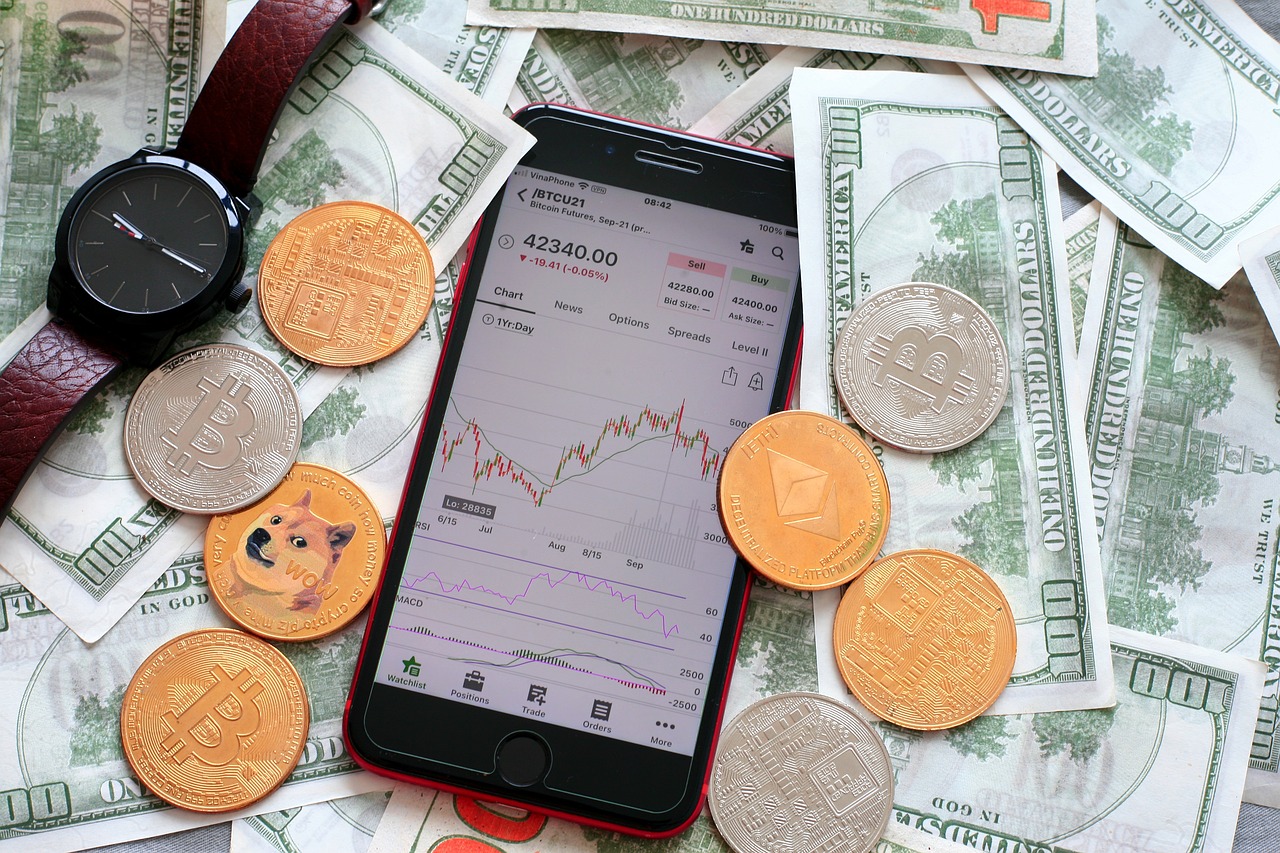The Only Crypto Wallet Security Checklist You Need: Hot, Cold, and Beyond
A Step-by-Step Crypto Wallet Security Guide (2025)
Staying safe in crypto starts with crypto wallet security—protecting the keys that unlock your funds. This beginner-friendly walkthrough gives you clear, actionable steps to harden your setup right now. You’ll learn how to choose the right wallet, back up your seed properly, enable phishing and SIM-swap protections, and use advanced features like multisig and account abstraction. Real-world case studies and a printable checklist make it easy to implement. With billions stolen annually across hacks and scams, treating crypto wallet security as a must-have—not a nice-to-have—can be the difference between peace of mind and permanent loss. Recent data shows 2025 thefts have already surpassed 2024 totals by mid-year, underscoring why it’s smart to lock things down today.
The Stakes: Why Wallet Security Matters
Attacks are increasing. By July 17, 2025, over $2.17B had been stolen from crypto services year-to-date—on track to eclipse $4B by year end if trends continue.
Exchange risks are real. A single incident at Bybit in February 2025 saw about $1.5B stolen—proof that keeping everything on centralized platforms concentrates risk.
Scams target people, not blockchains. Common tricks include address poisoning, phishing, and fake approvals that drain wallets when you sign without reading.
Bottom line: No setup is bulletproof, but solid crypto wallet security drastically reduces your odds of loss.
Step 1 — Choose the Right Wallet Type (Hot vs. Cold)
Hot wallets (mobile/extension) are connected to the internet—great for small, frequent transactions but a bigger attack surface.
Cold wallets (hardware/air-gapped) keep private keys offline—ideal for long-term holdings and higher balances. A hybrid “checking vs. vault” approach is best: small spending funds hot; savings cold
Action:
Use a reputable hot wallet for day-to-day.
Store long-term funds in a hardware wallet from a verified source.
This split improves crypto wallet security without sacrificing convenience.
Step 2 — Buy Hardware Wallets Safely
Purchase direct from the manufacturer to avoid tampering.
Verify device integrity on arrival (tamper seals, firmware checks).
Initialize offline; never share the seed.
Recent supply-chain and phishing incidents targeting wallet users make this non-negotiable for crypto wallet security. (Context on modern attack patterns: address poisoning + social engineering.)
Step 3 — Back Up Your Seed Phrase (The Right Way)
Hand-write your 12/24-word seed on paper; never in screenshots, notes apps, email, or cloud.
For resilience, engrave a copy on a metal backup plate to survive fire/water.
Optional: use a BIP39 passphrase (the “25th word”)—but never forget it; it is required to recover.
Store backups in separate, secure locations.
The single largest threat to crypto wallet security is losing your seed—or letting someone else find it.
Step 4 — Lock Down Your Devices
Update OS and wallet apps promptly.
Use unique, long passwords (password manager), full-disk encryption, and device PIN/biometric.
On desktop, consider a standard user account for browsing and a separate profile for crypto.
Keep a clean browser (no shady extensions).
Enable phishing protection features built into leading wallets and consider allowlists. (Independent wallet security testing shows growing phishing defenses across top wallets.)
Step 5 — Enable Strong 2FA (Skip SMS)
Prefer authenticator apps (TOTP) or security keys over SMS.
Contact your carrier to add a port-out PIN; audit accounts for phone-based recovery.
If a SIM swap happens, act immediately and rotate passwords. (The U.S. FTC warns SMS 2FA may not stop SIM swaps.)
This step materially raises crypto wallet security across your exchange logins, email, and cloud accounts linked to recovery.
Step 6 — Practice Safe Signing
Before you click Approve, Sign, or Confirm:
Read the request. On EVM chains, check spender, token, and amount.
Disable blind signing on hardware where possible; use human-readable (EIP-712) prompts.
Revoke allowances periodically using a reputable tool if you no longer need them.
Watch for address poisoning (look-alike addresses in your history). Always paste from a verified source and verify the first/last characters.

Step 7 — Start with a Test Transaction
New recipient? New chain? New wallet?
Send a small test first.
Confirm arrival.
Then send the full amount.
This simple habit boosts crypto wallet security by catching typos, wrong networks, and fake addresses.
Step 8 — Split Your Funds by Purpose
Structure improves safety:
Spending wallet (hot): small balance for swaps/mints.
Savings wallet (hardware/cold): long-term holdings, rarely touched.
Trading account (exchange): short-term positions only; withdraw surplus to self-custody.
This compartmentalization is a core crypto wallet security pattern.
Step 9 — Use Multisig or MPC for Bigger Balances
Multisig (e.g., 2-of-3) spreads risk across keys/people/devices; great for teams, DAOs, and high-value personal vaults.
MPC wallets split key shares among devices/providers—no single point of failure.
Account Abstraction (ERC-4337) enables social recovery, session keys, and spending limits—user-friendly ways to raise crypto wallet security without seed anxiety.
Step 10 — Watch Out for Physical Threats (“$5 Wrench Attacks”)
Cold storage stops remote hackers—but not coercion. Keep a low profile, use decoys (a small “daily wallet”), and consider multi-approval setups so a single person can’t move vault funds alone. Recent cases highlight growing real-world targeting of crypto holders.
Step 11 — Keep Receipts & Monitor Activity
Track hardware wallet purchase proofs and serials.
Maintain a private holdings log (encrypted).
Use a watch-only wallet or block explorer alerts to monitor balances without exposing keys.
These hygiene steps reinforce crypto wallet security over time.

Step 12 — Have an Incident Plan
If something feels off:
Disconnect (airplane mode / unplug).
Move funds to a fresh wallet with a new seed from a clean device.
Revoke approvals on compromised addresses.
Rotate credentials: email, exchange, password manager, 2FA.
Document and report to your wallet provider and law enforcement as appropriate.
Pre-planning is part of proactive crypto wallet security.
Crypto Wallet Security Basics (Quick Reference)
Hot for spending, cold for savings.
Never seed → cloud/screenshots.
TOTP or security keys > SMS.
Read every signature; revoke old allowances.
Test transactions first.
Consider multisig/MPC/account abstraction for higher security.
Advanced Crypto Wallet Security (Multisig, MPC & Social Recovery)
For larger portfolios, step beyond the basics: combine a hardware wallet with a multisig vault (2-of-3) where one key lives on a separate device, one with a trusted guardian, and one in secure storage. Or adopt an ERC-4337 smart wallet that supports social recovery—appointing guardians to help you recover without exposing your seed. These patterns raise crypto wallet security and resilience to both human error and targeted attacks.
Two Real-World Examples
Case 1: Centralized Risk Reminder
In Feb 2025, Bybit suffered a record-scale theft (~$1.5B). Even solvent exchanges can be targeted; self-custody plus good crypto wallet security hygiene limit your exposure to third-party failures. The Guardian, Business Insider
Case 2: Address Poisoning Drain
A user copied a “recent address” from history that differed by a few characters; funds went to an attacker. Use verified address books, compare first/last characters, and avoid copying from transaction lists. This pattern is exactly what address poisoning exploits.
Crypto Wallet Security Setup Checklist
Wallet split: hot (spend) vs. hardware (save)
Seed phrase written (paper + metal), stored separately
Device hardening: updates, encryption, passwords, clean browser
2FA: TOTP or security key; carrier port-out PIN set
Blind signing disabled; approvals reviewed; revokes done
First send is a test transaction
High-value vault uses multisig/MPC or ERC-4337 features
Low profile + incident plan documented
Conclusion: Make Security a Habit, Not a One-Time Task
Treat crypto wallet security like brushing your teeth: small daily habits prevent big problems. Split funds by purpose, protect your seed, avoid SMS 2FA, read every signature, and grow into multisig/account-abstraction as your holdings increase. With an hour of setup, you’ll reduce risk dramatically—and enjoy crypto with confidence.
Call to Action:
Want a printable version? Copy the checklist above into your notes and schedule a 30-minute “security tune-up” this week. Your future self will thank you.
FAQ
1) How do I secure my crypto wallet as a complete beginner?
Start with a reputable wallet, write down your seed phrase offline, enable TOTP 2FA on related accounts, and keep a small balance in your hot wallet while storing savings on hardware. Do a test transaction before larger sends and review token approvals regularly. This foundation covers most attack paths beginners face.
2) How does a hardware wallet improve security?
Hardware wallets keep private keys offline and sign transactions inside the device, reducing exposure to malware. Use them as a vault for long-term funds while maintaining a small hot wallet for daily use. Always buy from official sources and verify firmware on setup.
3) How can I avoid address poisoning scams?
Don’t copy addresses from transaction history. Use a saved address book, verify first/last characters, and avoid blind signing. If you see a suspicious inbound “dust” transfer, ignore it. Revoke unneeded allowances periodically
4) How do I protect against SIM-swap attacks?
Prefer authenticator apps or security keys over SMS, add a carrier port-out PIN, and remove phone-based recovery where possible. If a swap occurs, contact your carrier immediately and rotate credentials.
5) How can multisig help me?
Multisig requires multiple approvals (e.g., 2-of-3) to move funds, removing single-key failure. Store keys on separate devices/locations and consider a trusted guardian. For teams/DAOs, multisig adds governance and operational control.
6) How does account abstraction (ERC-4337) increase safety?
Smart wallets can add social recovery, daily spending limits, and session keys—improving crypto wallet security without relying solely on a seed. It’s a user-experience leap for newcomers and pros alike.
7) How can I safely use DeFi and DApps?
Stick to audited, reputable protocols. Read every approval, set lower spend limits where possible, and periodically revoke old approvals. Keep a separate “degen” wallet for experiments.
8) How do I prepare for physical threats?
Keep a low online profile, avoid disclosing balances, and use multi-approval vaults so no single person can move funds. Maintain a decoy wallet for plausible deniability.
9) How can I recover a lost wallet?
If you have your seed (and passphrase), you can restore on a compatible wallet. Without it, recovery is generally impossible by design—another reason to maintain secure, redundant backups.

